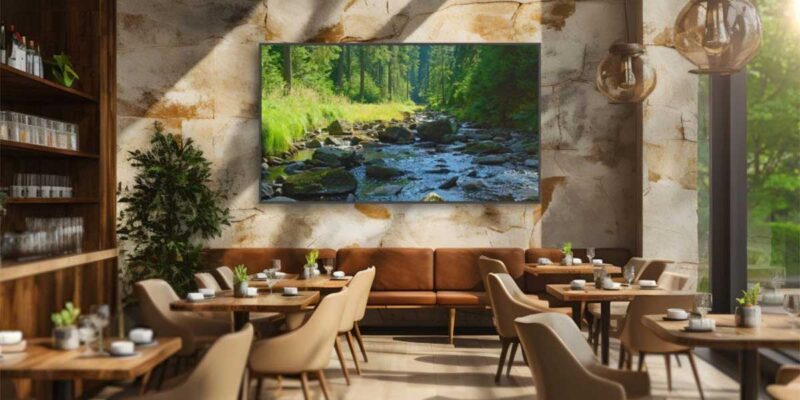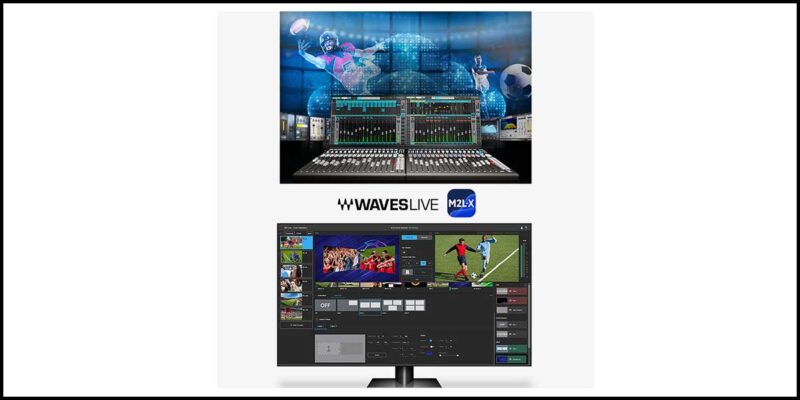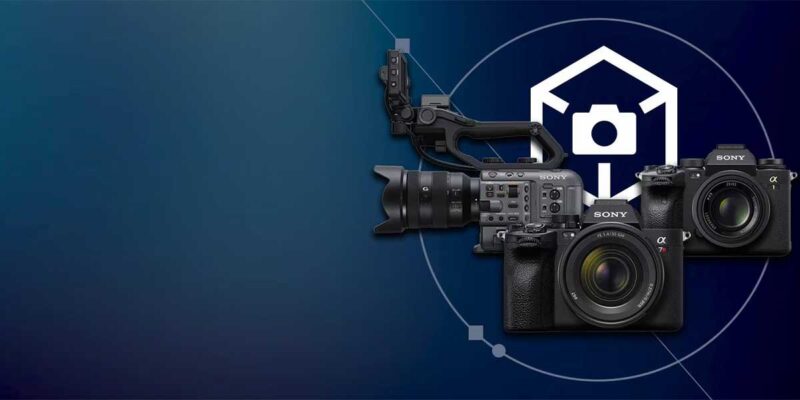Kayye It Isn’t So: Why Gary May Be Wrong on the Relevance of CEDIA Expo
 You know I can’t resist the chance to do a point/counterpoint article, and this seemed like the perfect opportunity (especially after I was so blatantly targeted in one of Gary’s Rants and Raves Episodes not too far back. The guy acts like he owns the place . . . oh that’s right, he does! J ) .
You know I can’t resist the chance to do a point/counterpoint article, and this seemed like the perfect opportunity (especially after I was so blatantly targeted in one of Gary’s Rants and Raves Episodes not too far back. The guy acts like he owns the place . . . oh that’s right, he does! J ) .
You may be surprised that I am arguing for the relevance of a CEDIA Expo, especially based on some of my past criticisms of shows and the need for some better quality control on their respective certifications.
However in this case, I think there may be some extra things to consider around Professor Kayye’s five points. If you didn’t read his blog, make sure you review it here .
1) Apple- Gary asserts that Apple may be the worst thing that ever happened to CEDIA Expo, seeing that iTunes has taken a huge bite out of the high end Music Server business, iPad has become the de facto standard for the touch panel price point, and Apple TV has changed the way we consume content, even driving innovation from the likes of Google and the LCD manufacturer side as well. He also mentions that given the pending future of Apple’s new products that residential integrators and equipment manufacturers may have even more to lose going forward.
I can’t argue that the paradigm was not changed here by these innovations or their wide adoption. I would definitely argue that the future of Apple is in question. I would liken Apple to the Batman movie franchise. The transition from Jobs to Cook is a lot like coming out of Tim Burton’s vision of Gotham and into Joel Schumacher’s “toyetic” dreamland. I’m not sure the iPad Mini and the plastic, pink iPhone are the pinnacle of innovation. Who knows, maybe the Nolan era is ahead and they will recover. Time will tell.
Remember, Apple’s success has been in developing a user experience based on these devices being personal. As jobs require multiple Apple TVs, distributed video, longer range WiFi networks with bridges, etc, the need for an experienced partner, and/or 3rd party hardware become more and more prevalent. It seems like the perfect opportunity for a “Works with Apple” Pavilion at CEDIA to help integrators sell their service and support, one area where margins have not dropped as many products themselves have become commoditized.
Add the concern that any of the over 100 million iOS devices sold this year alone can hijack the system via AirPlay and send questionable content into the system on a whim as long as they have the WiFi password, and your need for a professional management strategy can become even more important.
2) Wireless Networks- All audiophile and videophile arguments aside, (there are many, but I think they address a small piece of the residential market and mindset), I think Mr. Kayye is on to something with the disappearance of “Source Gear”. Even the manufacturers of the discs themselves are now offering higher res digital copies and/or UltraViolet copies with their packaged goods, to set some standard for selling digital copies in the future, aside from streaming them.
Screen Future by Intel’s Johnson dives into all this as well and is a great read if you have not found it already. However, new companies like PackEdge and Ihiiji owe their entire categories to advances in network connected gear. I think the loss of VHS, DVD, and BD will be a more than made up for with additions of products in the “internet of things” and WiFi categories. It also creates a much better avenue for the integrator to sell installation and maintenance services. (How many calls do you get as integrators on a BD player for service vs. calls dealing with wireless devices not showing up, streaming questions, wireless device management, etc???)
3) Simple Home Automation– I agree with Gary that this is a tough one, and that these new automation companies haven’t really simplified anything, (other than the amount of money it takes to say you have “automation”). Given that however, I am not sure that they will be relevant long term and pose a threat to the real automation companies out there.
I honestly think some of this problem has been created by integrators themselves. One of my pet peeves is when people interchange the terms “control system” and “automation”. Turning on your lights at a Lutron Switch or with your iPad is not automation, it is control. It is more elegant control than the standard switch, but control all the same. If we sell “control” as automation, and charge a premium for it, then lower end companies can swoop in with cheaper product and take market share. The consumer won’t see much of a difference in functionality and may bet against a hardware failure happening in order to maximize budgets.
Automation means that things happen automatically based on input from sensors, door contacts, 12V triggers, etc. This creates a symphonic chain reaction that makes the lights come on when you enter the home, or the smoke detectors turn off the AC in the case of a fire to stop circulating smoke, while lights come on to lead the way to the nearest exit, and then it keeps the porch lights on a flash pattern to alert the fire department. You can’t do that type of programming with many of the “competitive” automation products listed in Mr. Kayye’s list. The ones that can will stay CEDIA worthy.
4) HDMI- Don’t get me started. . . My opinions here are well known and documented on rAVe as well. In a one to one situation this wire and connector may be fine. Add multiple displays that are all trying to access media located in a rack full of AV gear, and you now have a problem worthy of an integrator’s help as well as a hardware opportunity worthy of floor space. Some control companies have entered the fray in this arena, like Crestron and Extron with their “almost HD Base-T” solutions (DM and XTP respectively), while others like Savant have left the video switching business altogether, opting instead to sell a license to control 3rd party switchers with their software. Niche video extension and switching companies like WyreStorm and Purelink have adopted HD Base-T standards outright in some of their products as well. All this combines to create a definite need for a presence in HDMI switching and distribution at CEDIA, despite the HDMI cable’s promise of a simpler connected world.
5) Projectors are really, really good. So I agree with the point that projector price points have come down dramatically, and that Sony no longer has the $5-10k market cornered here with their VPL series gear. However, more manufacturers having relevant options seems to lend TOWARD an Expo to show off that hardware, and not AWAY from it. If Sony was still the defacto standard, then that would actually be a stronger argument for not needing to go see a showcase of other brands and their light throwing devices. The residential integrators faced this before when Sony introduced the VPL series, and JVC introduced their D-ILA pieces, as it really took a chunk out of the higher end Runco market, by providing a bang for the buck option previously unavailable. If that didn’t kill the need for CEDIA, then I doubt this paradigm shift will have much of an effect either.
So there it is. My (gulp) defense of the need for a show like CEDIA.
I still think these shows are overpopulated with over-hyped “me too” products and lack of real innovation year over year. Maybe an every other year Expo would add more value, as I know many integrators skip the show every other year anyway. Manufacturers could better focus those “off year” funds on R&D and product development increasing the chances that the next show would provide value for more of the attendees.
I’d love to hear your take. Tell me I’m right or pick a fight (you won’t win!) in the comments below.





